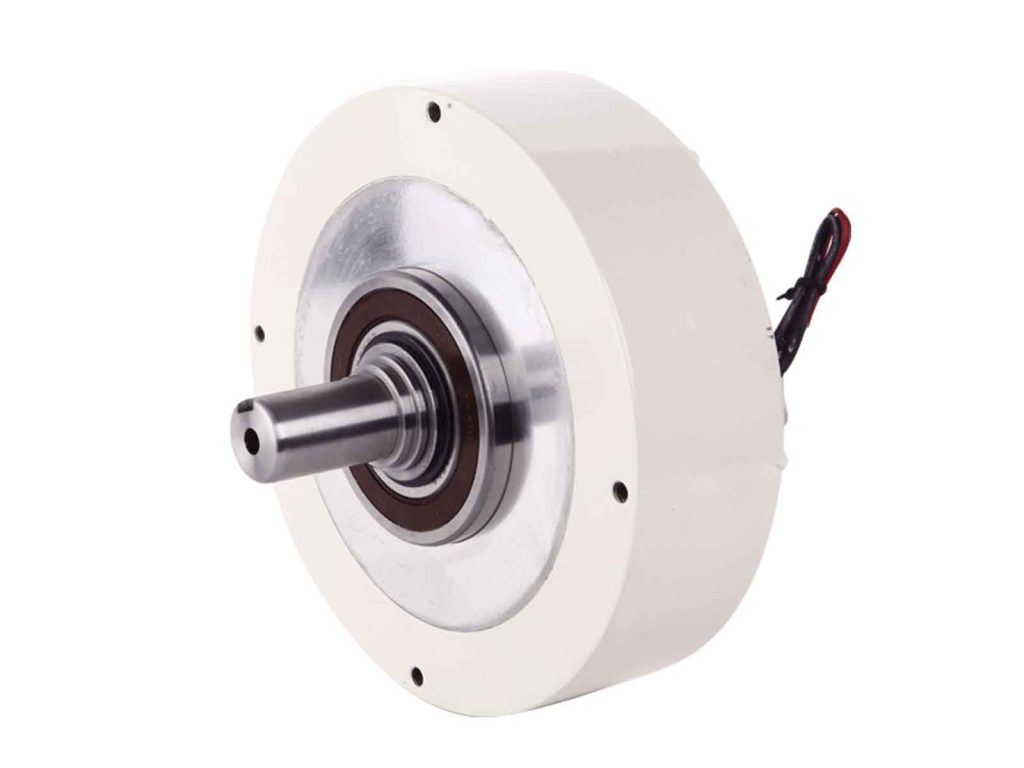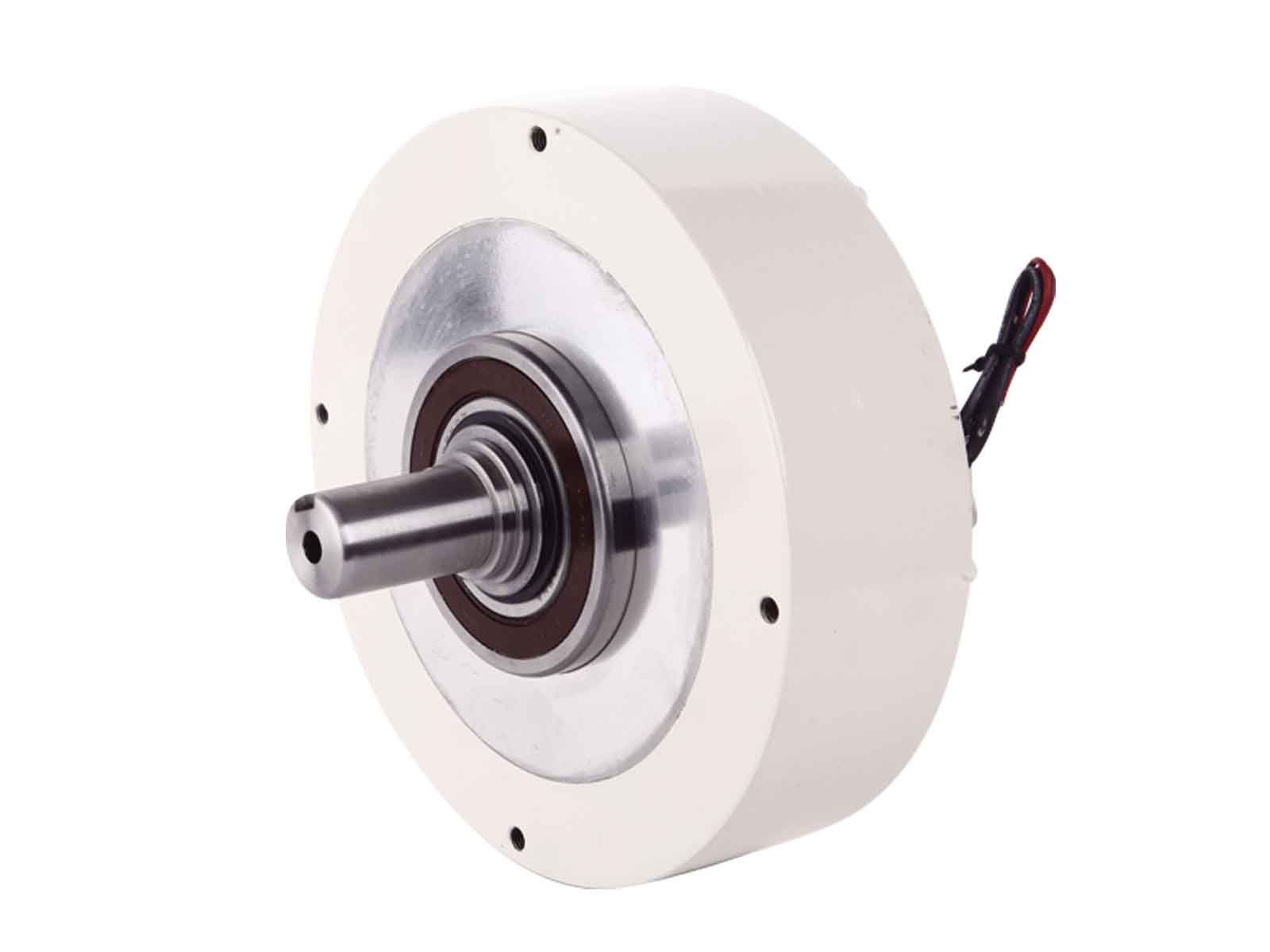Magnetic particle brakes are widely used in various applications for their accurate and reliable torque control capabilities. However, like any device, they require routine maintenance to ensure optimal performance and longevity.
Maintenance requirements 1#: Regular Inspection
The first step in maintaining a magnetic particle brake is regular inspection. Inspect the entire assembly for signs of wear and tear, cracks, or corrosion. Ensure that the brake is correctly attached to the equipment and that any mounting screws are appropriately tightened. Check the brake’s external surface for any built-up debris, dust, or oil.

Maintenance requirements 2#: Cleaning
Cleaning is another essential part of maintaining a magnetic particle brake. Proper cleaning ensures that the brake remains free from any contaminants such as dust and oil, which may reduce its performance or cause damage. Use a soft brush or dry cloth to clean the clutch housing and other exposed parts of the brake. Carefully clean and lubricate the brake shaft and bearing area. Avoid using harsh chemicals or abrasive materials when cleaning the brake.
Maintenance requirements 3#: Lubrication
Lubrication is crucial in ensuring the magnetic particle brake operates smoothly and efficiently. Some brakes may require regular oiling, while others may use self-lubricating bearings. Check the manufacturer’s recommendations for lubrication requirements. Ensure that the lubrication oil used is of the appropriate type and viscosity for the brake.
Maintenance requirements 4#: Testing
Regular testing of the magnetic particle brake is essential to ensure it is operating at the required torque levels. A simple test involves gradually increasing the torque output of the brake, monitoring its performance, and verifying its accuracy against the manufacturer’s specified values.
Maintenance requirements 5#: Replacement of Worn Parts
Worn parts such as the brake pad or clutch face can impact the brake’s performance, leading to decreased accuracy and torque output. If these parts are worn or damaged, they should be replaced immediately to maintain the brake’s optimal performance.
Maintenance requirements 6#: Environmental Considerations
The operating environment can significantly impact the magnetic particle brake’s performance and longevity. Extreme temperatures or exposure to harsh elements can damage the brake, leading to decreased performance or premature failure. Ensure that the brake is protected from extremes of temperature and moisture or dust.
Maintenance requirements 7#: Storage
Properly storing the magnetic particle brake when not in use is essential for ensuring its longevity and optimal performance. Store the brake in a dry, dust-free environment at room temperature. Avoid exposing it to direct sunlight, which can also damage the brake’s components.
Conclusion
Magnetic particle brakes are versatile and dependable devices for torque control in a range of applications. Maintenance is essential to ensure optimal performance and longevity. Regular inspection, cleaning, lubrication, testing, and replacing worn parts are crucial maintenance requirements for magnetic particle brakes. Environmental considerations and proper storage are also vital to ensuring the brake’s optimal performance and longevity. By following these best practices, you can keep your magnetic particle brake in top condition, improving its accuracy and prolonging its lifespan.
